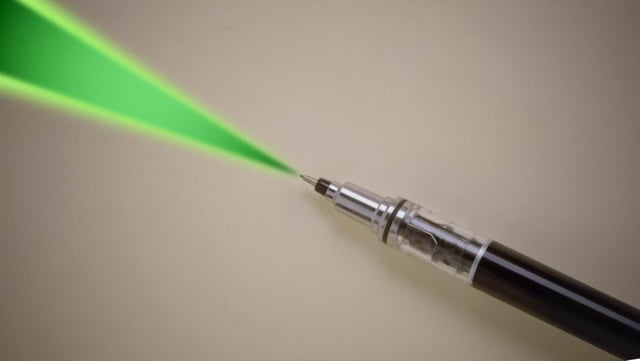Overview
- The peer-reviewed study, published in Scientific Reports, details how a fractured pencil-lead tip can serve as a high-quality electron source.
- The team fully graphitized the fracture surface by heating it at high temperature in ultra-high vacuum to reveal vertically aligned graphene edges at the apex.
- Field-emission microscopy recorded the characteristic dragonfly emission pattern that is indicative of graphene edge emission.
- The emitter produced strong currents at a few volts per micrometer, and its electron energy spectrum was slightly broader than metals, findings supported by theoretical simulations.
- The pointed geometry and chemical stability of the graphene edges enabled stable operation under milder vacuum conditions, including higher-pressure nitrogen environments, suggesting a low-cost path toward electron microscopy applications.

